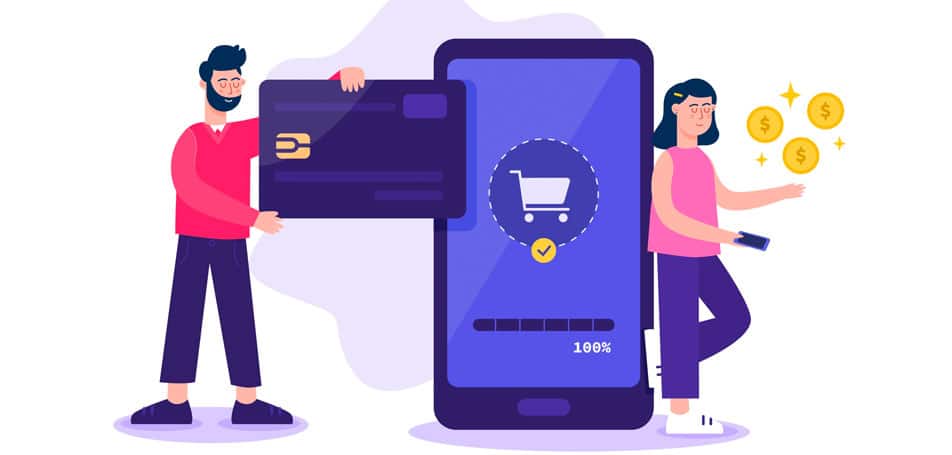
By the end of 2019, experts predict that total eCommerce sales throughout Latin America will increase to a groundbreaking $79.7 billion. The availability of affordable smartphones, internet access, ease of online shopping, and a steadily-growing middle class population have all contributed to the popularity of eCommerce, but retailers had to devise clever payment solutions first. Since each country within Latin America has such distinct cultural and socioeconomic differences, offering just one method of payment simply wouldn’t suffice.
eCommerce merchants recognized the logistical challenges of trying to conduct cross-border commerce while still giving customers an easy and trustworthy checkout process. To allow customers to pay in their preferred method, several unique payment gateways were created to further enhance Latin America’s digital marketplace. As the eCommerce opportunities continue to increase in this region, other online retailers should consider the following popular payment options as possibilities for expanding their own businesses internationally.
Range of Payment Solutions
Although roughly 50% of online shoppers throughout Latin America prefer to buy items using a credit, debit, or prepaid card, this solution isn’t as easily accessible in certain countries. In addition, there are two types of credit cards available: international and domestic cards. International cards, such as Visa or Mastercard, can seamlessly process different currencies, allowing customers to purchase items from any retailer. Domestic cards, on the other hand, can only work within one specific country.
Furthermore, a significant percentage of Latin Americans don’t have a bank account. To make sure unbanked people could also participate in online retail, many companies began offering COD (cash on delivery), in which the customer pays for the item when it arrives on their doorstep. 35% of online shoppers utilize this method, while others prefer paying for the products they order online in cash at a physical brick-and-mortar store.
Due to the popularity of mobile commerce, mobile payment methods are also trending in Latin America. In a 2018 survey, over 66% of respondents said that they would likely use mobile payments in 2019, and it was estimated that 1 in 10 smartphone users would pay with their phone while shopping at a physical store. Having the capability to pay for orders in installments is also highly preferred in Mexico and Brazil, with over half the residents in each country choosing this method at checkout.
Top Competitors
Multiple cross-border payment services have flourished due to the growing eCommerce market in Latin America. Along with familiar mobile payment methods such as Apple Pay, Google Pay, and Samsung Pay, Latin American retailers and customers have come to favor the following services that are unique to the region:
- Boleto Bancário. One study on this cash-based payment option showed that 71% of Brazilian consumers prefer using this method, even if they have a bank account.
- OXXO. This is the preferred pay-by-cash service among Mexican shoppers, accounting for 32% of all online payments in the country.
- RippleLatam. Designed specifically for Latin American consumers, this modern digital wallet supports all currencies in the region, as well as cryptocurrencies like Bitcoin.
- PSE (Pagos Seguros em Línea). PSE is a bank transfer option that is used by 62% of online shoppers in Colombia.
- MercadoPago. This service, available in Argentina, Brazil, Chile, Colombia, Mexico, and Venezuela, has helped facilitate over 90 million transactions for thousands of stores.
The Future of Cross-Border eCommerce
Latin American retailers have shown some outstanding examples of successful cross-border eCommerce transactions, and these methods can be used as inspiration for other businesses looking to expand into other countries. For those seeking eCommerce opportunities in the global marketplace, there are a few market trends that experts are predicting:
- Increased niche markets. With the rise of digitally native brands, more and more companies are choosing select niches to cater to specific consumer needs. Operating in a society that is made up of a wide range of interest groups, social groups, language groups, and more can be a great thing,” says entrepreneur Megan Totka. “Niche marketing is where business owners can enjoy larger margins on their products and services.”
- More emphasis on social selling. There is said to be a “perfect storm” for selling products on social media platforms due to the rise in young shoppers and celebrity influencers. Plenty of retailers have already integrated these platforms into their omnichannel marketing approaches, especially fashion and beauty brands.
- Cross-border eCommerce platforms. Offering multiple payment options is obviously crucial for cross-border commerce, but cross-border eCommerce platforms can further improve customer experiences around the globe. Platforms that offer local currency pricing, fast loading speeds, clear taxing details, personalized recommendations, and simple checkouts will be able to stay competitive in an increasingly connected market.













